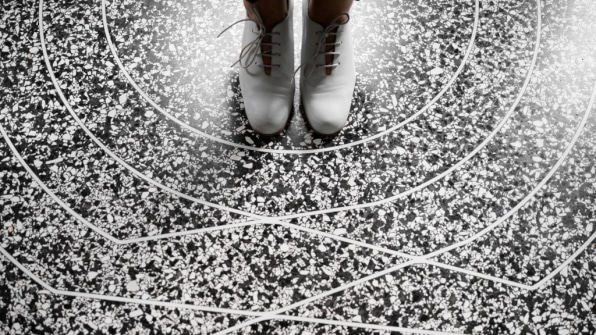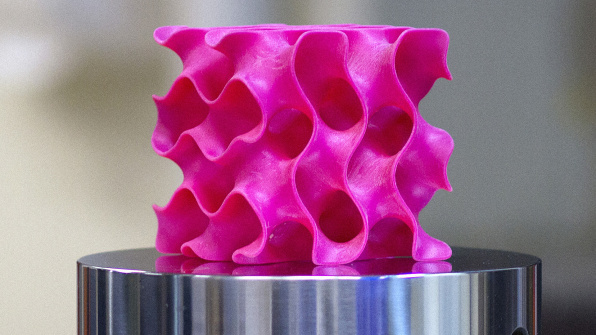
Breaking News
 Audio + English transcript from the closed-door July 9, 2025 court hearing in the case against...
Audio + English transcript from the closed-door July 9, 2025 court hearing in the case against...
 Trump: Obama started this WHOLE thing! (6 mins on it from the Maria B interview)
Trump: Obama started this WHOLE thing! (6 mins on it from the Maria B interview)
 Provoked: How Washington Started the New Cold War with Russia and the Catastrophe in Ukraine
Provoked: How Washington Started the New Cold War with Russia and the Catastrophe in Ukraine
 US Politics Is Just Nonstop Fake Revolutions Now
US Politics Is Just Nonstop Fake Revolutions Now
Top Tech News
 3D Printed Aluminum Alloy Sets Strength Record on Path to Lighter Aircraft Systems
3D Printed Aluminum Alloy Sets Strength Record on Path to Lighter Aircraft Systems
 Big Brother just got an upgrade.
Big Brother just got an upgrade.
SEMI-NEWS/SEMI-SATIRE: October 12, 2025 Edition
 Stem Cell Breakthrough for People with Parkinson's
Stem Cell Breakthrough for People with Parkinson's
 Linux Will Work For You. Time to Dump Windows 10. And Don't Bother with Windows 11
Linux Will Work For You. Time to Dump Windows 10. And Don't Bother with Windows 11
 XAI Using $18 Billion to Get 300,000 More Nvidia B200 Chips
XAI Using $18 Billion to Get 300,000 More Nvidia B200 Chips
 Immortal Monkeys? Not Quite, But Scientists Just Reversed Aging With 'Super' Stem Cells
Immortal Monkeys? Not Quite, But Scientists Just Reversed Aging With 'Super' Stem Cells
 ICE To Buy Tool That Tracks Locations Of Hundreds Of Millions Of Phones Every Day
ICE To Buy Tool That Tracks Locations Of Hundreds Of Millions Of Phones Every Day
 Yixiang 16kWh Battery For $1,920!? New Design!
Yixiang 16kWh Battery For $1,920!? New Design!
 Find a COMPATIBLE Linux Computer for $200+: Roadmap to Linux. Part 1
Find a COMPATIBLE Linux Computer for $200+: Roadmap to Linux. Part 1
The 6 Coolest Material Breakthroughs Of 2017

Materials are a designer's paint and canvas–and for the most part, they've remained pretty static in recent decades. But over the past few years, and in 2017 in particular, we saw new advances in material science that gave creators plenty of exciting toys to play with, from brand new colors and types of inks to new ways of reusing older materials. Here are six of the most innovative.
Super Black Paint From Car Exhaust
MIT Media Lab alum Anirudh Sharma invented a device that attaches to the exhaust pipe of vehicles to capture soot before it reaches the air. That's great for the environment–but it turns out it's also good for artists. Sharma and his colleagues found a way to transform this soot into black paint, and after years of research they released a series of inks, pens, and artist paints made of the material this year. Each pen's ink contains about 45 minutes of car exhaust–air pollution that was prevented from reaching people's lungs and can instead be turned into art.

[Photo: Aectual]
The First 3D-Printed Floor
The Dutch company Aectual uses giant 3D-printing robots to lay down a super-durable recycled bio-plastic material across huge surfaces. Once a design is created, the cracks are filled in with terrazzo, a mix of recycled chips and a binding material. In 2017, it created custom floors for the clothing company Loft's flagship store in Tokyo, and then moved on to the floors for the Schiphol Airport in Amsterdam.

[Photo: Melanie Gonick/Mit]
The Perfect Material For Building In Space
Graphene–a two-dimensional form of carbon–has long been considered a miracle material because it's so strong. This year, scientists at MIT found a way to turn this ultra-thin material into three-dimensional structures that are 10 times stronger than steel and only 5% as dense. The breakthrough material takes scientists one step closer to the sci-fi dream of building a space elevator. And in the meantime, it can also help reduce the amount of steel needed in infrastructure back on Earth.



